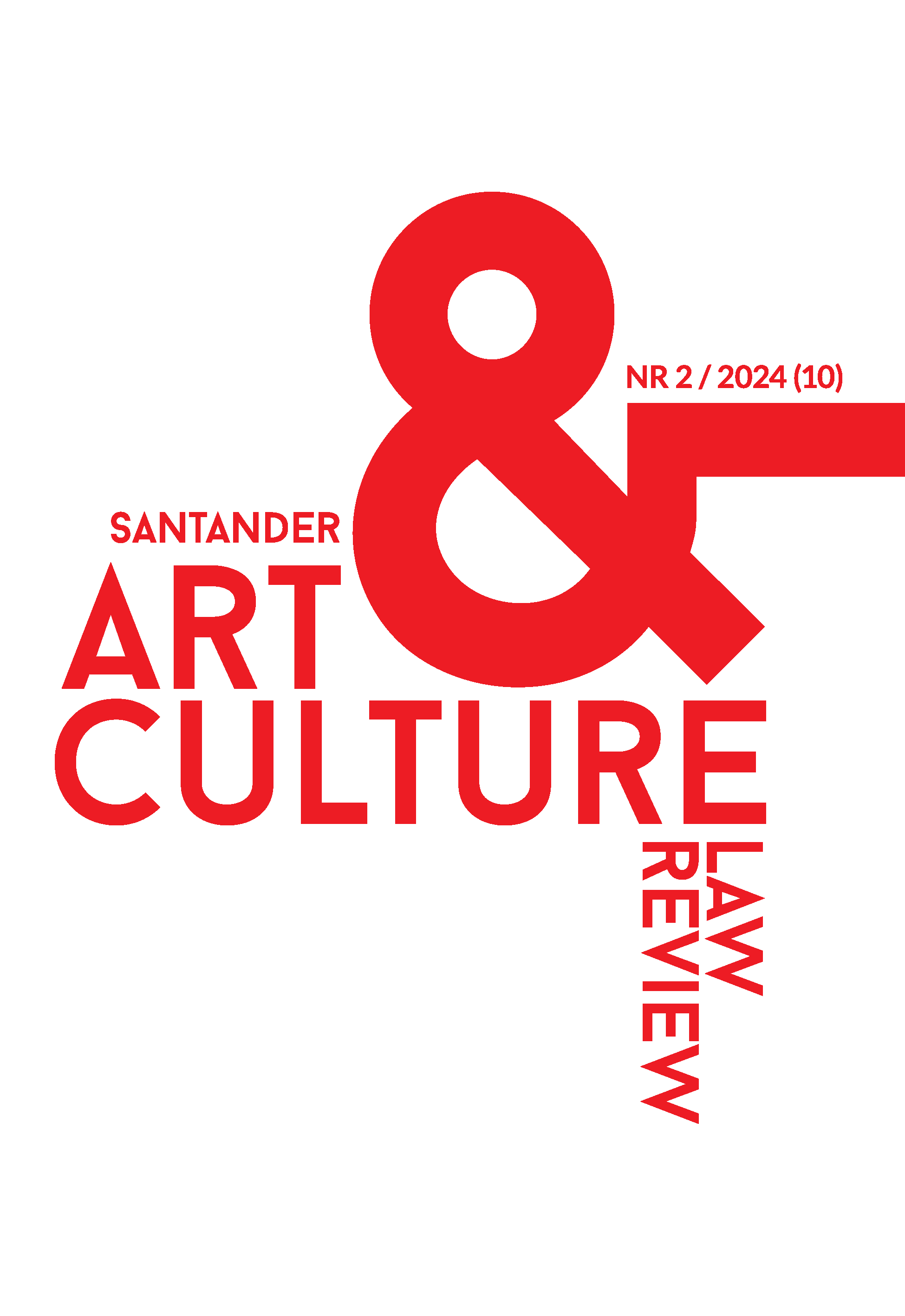At the Borderline of Public and Private Law: The Restitution of Cultural Property Held in Public Collections in Hungary
At the Borderline of Public and Private Law: The Restitution of Cultural Property Held in Public Collections in Hungary
Author(s): Vanda Vadász, Viktória VerebélyiSubject(s): Law, Constitution, Jurisprudence, Museology & Heritage Studies, Library and Information Science, International Law, Human Rights and Humanitarian Law, Security and defense, Peace and Conflict Studies
Published by: Wydawnictwo Uniwersytetu Jagiellońskiego
Keywords: cultural property; public collections; restitution in Central and Eastern Europe; Hungarian law; human rights law
Summary/Abstract: During the Second World War, and thereafter until the end of the communist regime in 1989, a massive amount of privately owned works of art came into the possession of the Hungarian state. The ownership of the property thus collected was only partially clarified after the war. After the fall of communism, nationalized cultural property was subject to restitution laws, but restitution typically meant partial compensation. The aim of this article is to highlight the shortcomings that still characterize the restitution of cultural property held in public collections in Hungary. After summarizing the historical-legal situation pertaining to restitution measures in Central and Eastern Europe, we provide a comprehensive overview of the Hungarian legal environment in terms of restitution. The focus is on the restitution rules adopted in the 2010s that were intended to settle the possession of cultural property held in public collections. The roots of constitutional issues related to the regulation arise from and are reflected in the intermingling of private law and public law characteristics and guarantees. In the presentation of civil law disputes concerning the ownership rights of property held in public collections, we outline the characteristics of the Hungarian regulatory framework regarding protected cultural property and the issues arising from their application. Finally, we provide an overview of the European Court of Human Rights’ jurisprudence on the protection of property rights and an assessment of Hungarian regulations before the Court. We claim that the lack of predictability and certainty of the latter authority’s proceedings may lead to human rights issues.
Journal: Santander Art and Culture Law Review
- Issue Year: 10/2024
- Issue No: 2
- Page Range: 181-208
- Page Count: 28
- Language: English

